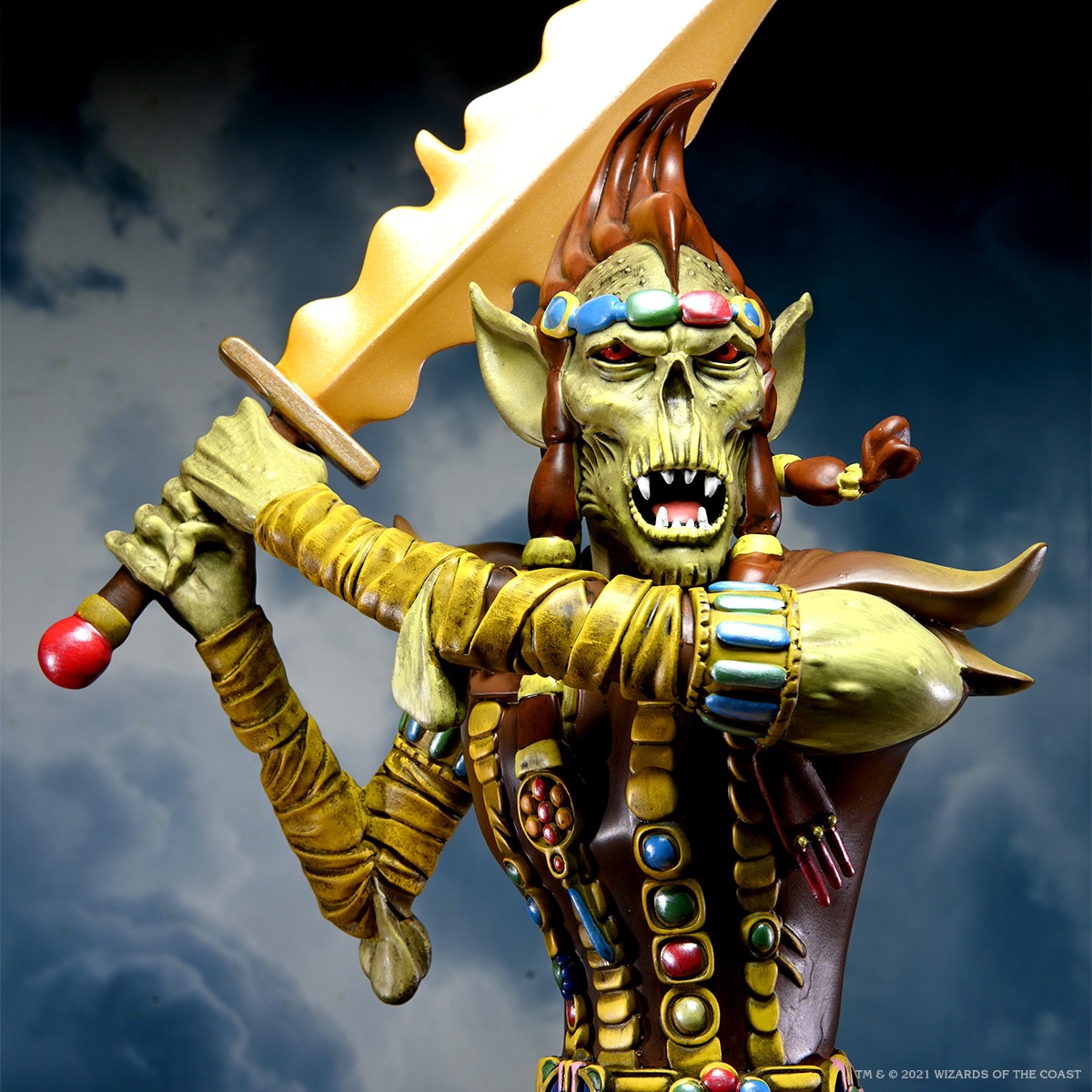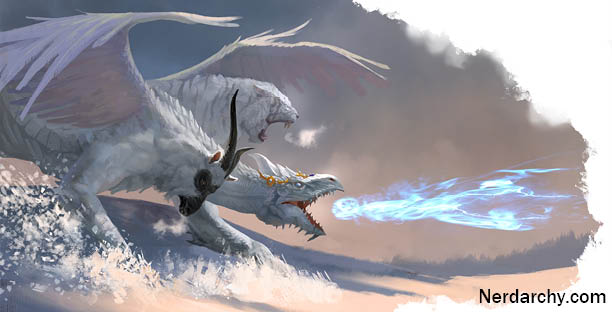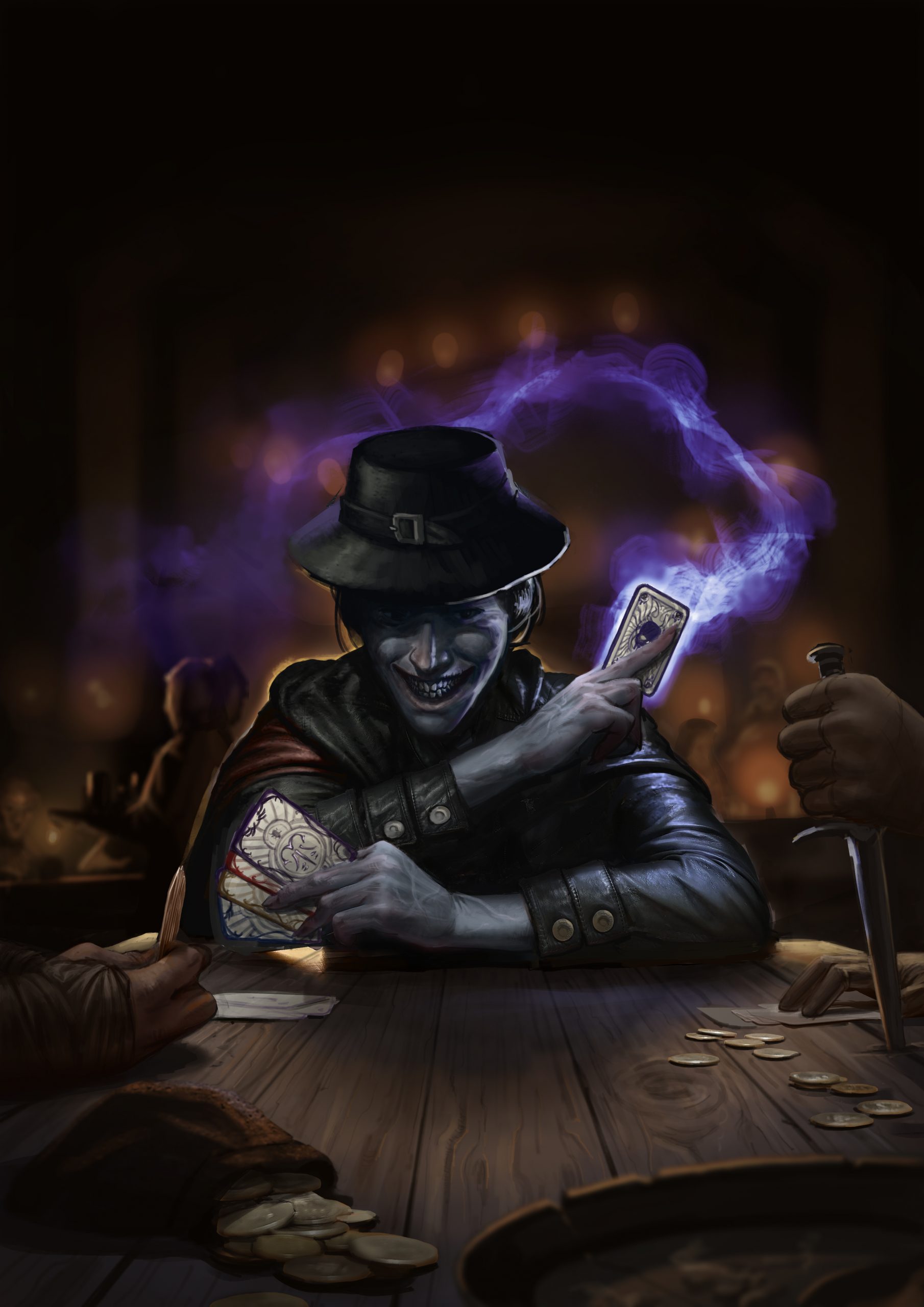“All That Remains” Out of the Box D&D Encounters #3
May 20, 2016
 Introduction:
Introduction:
Not every encounter needs to be combat related. Many DMs struggle with those moments when the party is wounded, unarmed, or in some for of other distress where combat would not be advised. I’ve been there myself. In some of these cases, DMs will still choose to make encounter rolls in the open, or will want to break up perhaps a long (and likely boring) recovery for the players with some excitement that does not further endanger them.
The old trope of having them spot deer or other relatively harmless wildlife can get old.
However, there’s no reason that an encounter needs to be a creature at all. It could be an event or strange location that stands alone as an interesting moment. These events or locations can spawn further adventures with the right descriptions, or if they spark some imagination in your player base.
In any regard, such encounters can break the monotony of the same-same and perhaps even take a campaign in new and interesting directions.
I hope you enjoy such an offering. I present-
Out of the Box D&D Encounters #3 – “All That Remains.”
“All that Remains”

Environment: Various
Suggested level: Any
On a foggy day, the adventuring party encounter either a cliff side that has been sheared away with precision, or perhaps a large monolith, or the remains of a wall to an ancient structure.
In base relief, they can see a massive set of ancient carvings showing the power and domination of an ancient ruler. In the very center of the set of carvings, a massive 20’ tall figure of a ruler in armor and finery dominates the surface. Gigantic compared to everything else, he is shown smiting several foes with a single blow. Around him show various scenes of conquering armies, falling foes, riches and exotic beasts being captured, and other signs of conquest – all carved from the same stone face.
Investigating the scenes, the players might be able to ascertain the identity of the ruler or the culture he comes from with a successful History (DC 14) check. His identity is left to the DM to determine, but he should be from a time long ago and without a current hold on local politics.
As the players investigate the surroundings, the fog will thicken. A simple (DC:10) Perception check will show that figures swirl through the mists in perpetual melee. These misty figures make no sound and do not react to any attacks, communication or other interaction by the players. A deeper look (either Investigation or Perception, DC 15) will identify these figures as those armies shown fighting on the carved stone surface – their battle unending even today.
The area surrounding the carvings and covered by fog will glow faintly under a Detect Magic spell as long as the fog persists.
If the players dig in the ground within 500’ of the stone carvings, they may find a relic of the long lost battle.
Treasure:
If the players do an archaeological dig, roll d20.
1-10: Nothing
11-14: A rusted buckle, button, clasp or similar metal fixture to a garment
15-17: A ruined and broken weapon hilt, spear head, arrow head, or other weapon piece.
18-19: A trinket -(Player’s Handbook, p. 160-161)
20: A gold coin.
Complications:
Complications could arise if there is an association of this site with any religious significance. Defiling it by vandalizing the carvings or digging the lost battlefield without permission may invoke some form of wrath from interested parties.
by vandalizing the carvings or digging the lost battlefield without permission may invoke some form of wrath from interested parties.
 by vandalizing the carvings or digging the lost battlefield without permission may invoke some form of wrath from interested parties.
by vandalizing the carvings or digging the lost battlefield without permission may invoke some form of wrath from interested parties. There may be unquiet spirits, cults, historians, wizard colleges, sage guilds, treasure hunters, established churches or the like that take great offense at the players disturbing (or even getting here first) the site that exists.
There may be conditions that exist where this sight only appears once every full moon, eclipse, or other event. The fact that the players are here instead of “an official party” whom hold this site in solemn regard may itself create innumerable complications for the adventurers.
If others find out that even the slightest bit of treasure may come out of the ground here, it could lead to all sorts of prospectors digging the area up for lots mementos and such. The results of that, again, may have further repercussions.
This sort of encounter also possesses the added benefit of giving a GM access to a way to introduce ancient story-lines. This ancient ruler could be from any race or faith, and the carvings might even hold clues to the characters’ campaign, or even have some relationship to a particular character’s history.
The archaeological site may also hold clues as well. It all comes down to how a DM wishes to use such an event.
It is my hope that you have found this useful for those moments when you’re caught short at the table. Enjoy!













No Comments